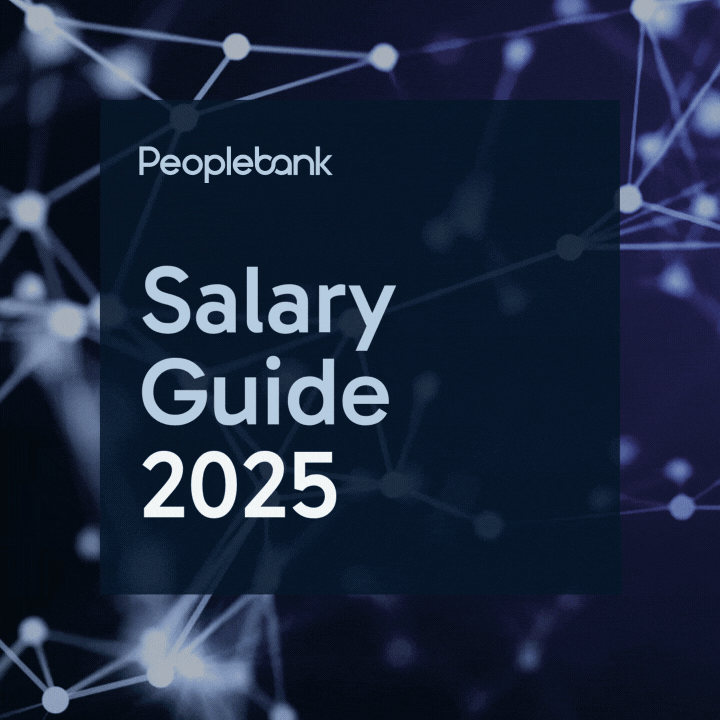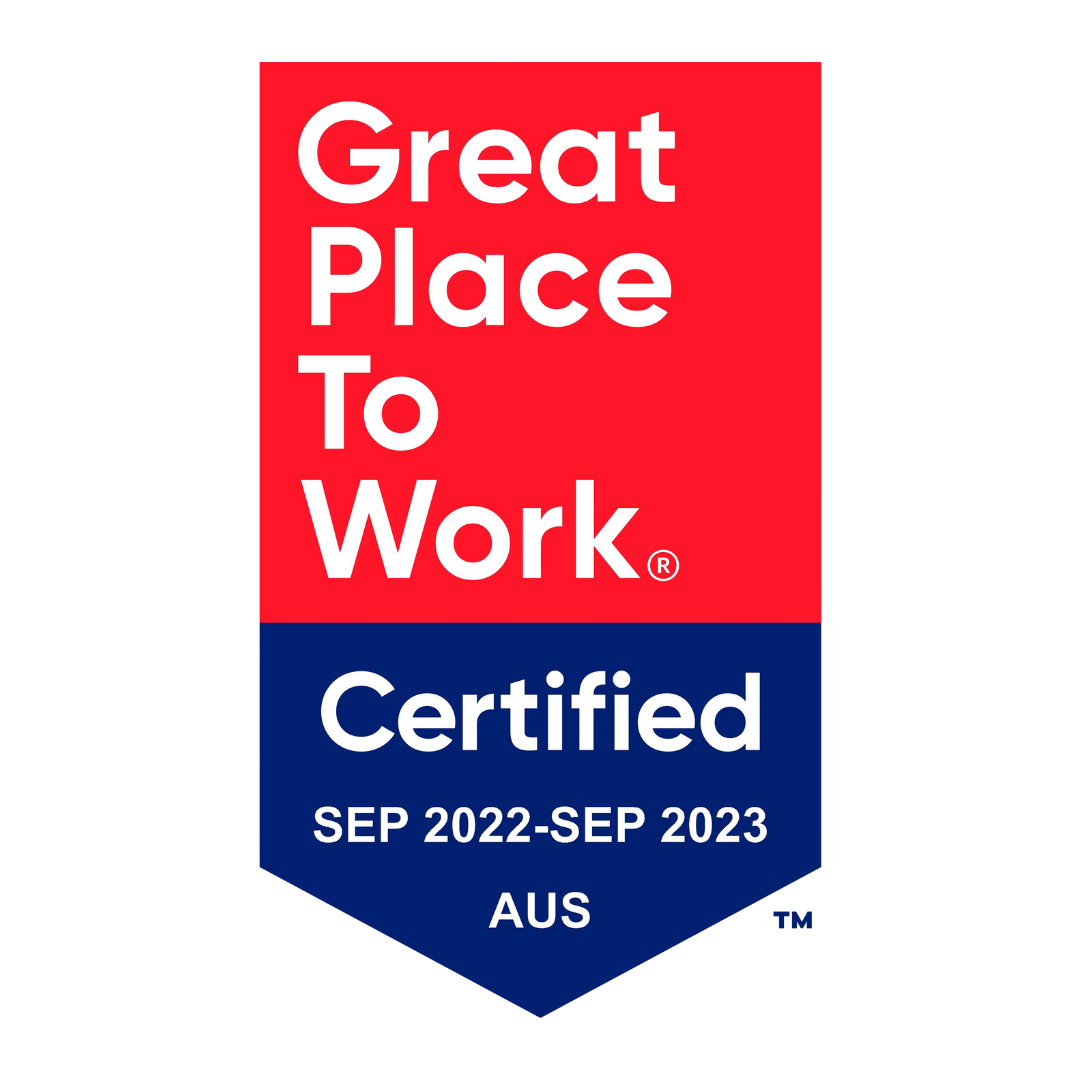Creating boundaries when getting ‘back to normal’
Post Covid lockdowns, as most of Australia integrates back into a sense of normality, everyone has begun to hear the word ‘boundaries’ a little more.
With so much time for self-reflection, many people are realising what makes them comfortable and what doesn’t, therefore potentially changing their interactions going forward as they adjust to going back to the office, into meetings, and other social exchanges.
Creating boundaries is actually always helpful and can help you avoid negative consequences such as burnout. Additionally, it can have added benefits to your life such as:
- Positive mental health
- Good emotional health and wellbeing
- Being a positive influence for others
- Improving autonomy
- Strengthening self-identity
What does it mean to create a boundary?
Generally, it is having an honest conversation to inform another person of how you feel about a certain situation to prevent finding yourself in that situation again (or at all).
It can be daunting to create a boundary as we can fear rejection, feel guilt, fear confrontation, have safety concerns, or we simply were never taught healthy boundaries. So, with all that, here are some of our tips on how to have a boundary setting conversation.
How to effectively create boundaries
Often it can look like this:
1. Identifying your boundary
This is important to know what you really want and need and can be clear on it.
2. Saying what you need
Be transparent and honest about why you are setting this boundary. It’s okay to be a bit vulnerable.
3. Keeping the conversation short and simple
Don’t overcomplicate or over explain.
4. Explaining why it is important
It can be helpful for people to understand what it means to you, or how without this boundary you may suffer.
5. Offering a solution
This is helpful for the other person and yourself to feel more comfortable about what to do next. It can also prevent rejection of your idea if you are offering a different way to do things that is totally rational.
For example: “I would love to catch up with you, however, I’m still a little nervous in large crowds at the moment and would prefer to be my best self, not my anxious self! Can we meet somewhere more lowkey instead? I know a great park with a coffee shop nearby.”
Practice the conversation
If you are feeling extra nervous about having this kind of conversation, you can always practice it before you actually have it! This allows you to hear your own phrasing and adjust anything that may be misconstrued. It also gets you more comfortable with what you are asking for.
Overall, you can set boundaries around anything, including:
- Your means of work
- Your personal space
- How you prefer to socialise
- Your emotional capacity
- Your physical capacity
- Sexual or intimate advances
- Your time Your intellect or viewpoints
Your money or material possessions Not all of these boundaries may have to do with work but knowing how to set your boundaries can be exponentially helpful in all interactions you have.






















